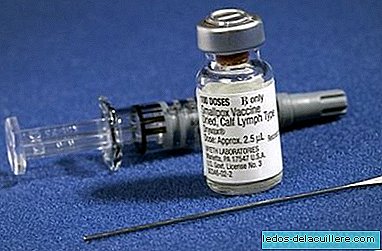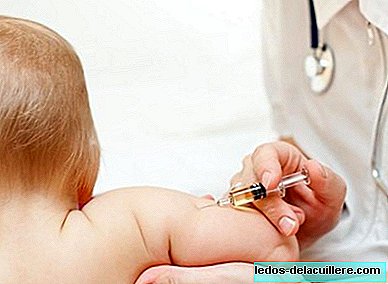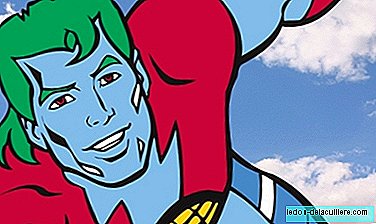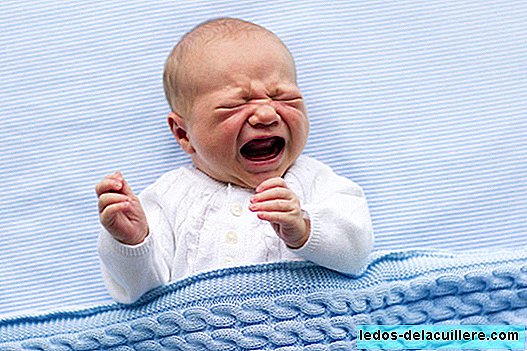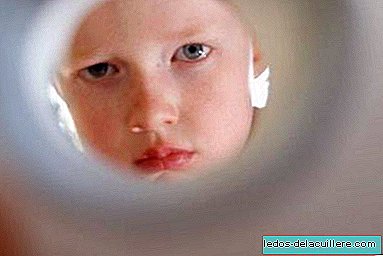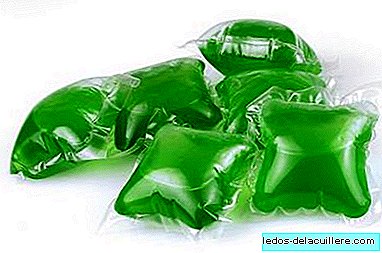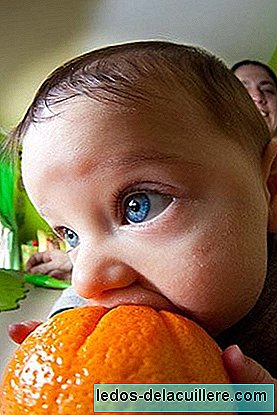
When babies turn six months they can start eating other things besides milk such as fruit, cereals, vegetables, meat, ... Among the fruits, the ones that are offered most commonly are orange, apple, pear and banana . The last three can slap or to be crushed, however orange, due to its texture, it is difficult for babies to be given in a different form than juice.
For those ages there is not much problem, basically because as I say the simplest and almost unique option is the juice. However, when they are able to chew and eat more solid things, they can be given chopped orange to eat directly. Then comes the doubt: the orange, whole or squeezed?
And I say the doubt comes because it is not the same to offer it in one way than another, since the sugars, calories and satiety they produce vary depending on whether they are taken whole or in juice.
Many mothers, faced with the impatience of seeing that children take a long time to eat the fruit or have a hard time chewing it, tend to simplify by offering juices that are basically faster. However, one presentation is not the same as the other and that is why it is recommended to alternate both presentations, limiting the amount of daily juice to half a glass (120 ml) maximum.
Amount of fruit ingested according to presentations
The amount of orange that a baby or child can take depending on the presentation is very different. An orange of medium size weighs about 200 grams which, when peeled, remains about 150 grams. This contributes about 55 kcal, which is equivalent to about 37 kcal per 100 grams of orange.
Orange juice, however, provides more calories, because an orange is needed to obtain 150 ml of juice. If a child drank 150 ml of juice, he would be drinking about 67 kcal, equivalent to about 45 kcal per 100 ml.
It is not much more in comparison, but it is if we take into account that children normally do not eat a whole orange, so they take less kcal and yet yes they are able to drink a whole glass of juice (240 ml), which gives them about 130 kcal, which in a children's diet are many if we take into account that most of the juice are sugars and therefore have little nutritional content and that eliminate a hunger that could go very well for Take other types of food.
Amount of fiber depending on the fruit is squeezed or not
The fiber of the fruits is basically located in the skin and pulp. In the case of orange, the white skin that remains between the peel and the pulp is part of the fiber, so it is advisable to leave the skin to remove as little fiber as possible (another thing is that children like it the taste or texture of that white layer).
If instead of eating the orange it is squeezed and in addition to the whitish skin the pulp is strained the fiber that is left in the juice is very little compared to the whole orange.
In data, fresh orange provides an average of 1.7 grams of fiber per 100 grams, while in the juice we find 0.1 grams per 100 ml (grams)
Children usually strain the pulp so that nothing is left floating and this makes, as we say, that there is even less fiber. It is advisable not to do so and leave it inside the juice. I remember that my mother never sneaked them in, and although at the beginning she gave a little something, we all got used to drinking orange juice with pulp (not all the pulp, of course, but the one that the juicer allowed to fall).
Satiety
The satiety of a glass of orange juice is lower than if the whole fruit is consumed. This is due to the fiber content, which among other functions helps to delay hunger.
In children who are going well, it may not be too much trouble, however in those who are overweight or obese it may be, because If in addition to taking a lot of calories, satiety is low, they will soon want to take other things.
How the sugars of the fruit are absorbed according to their presentation
Fiber helps food sugars absorb more slowly. In the absence of it, in juices, sugars are absorbed earlier and for this reason satiety is lower. Normally it is better that it takes longer to absorb so that the energy reaches the body little by little.
Summarizing
The orange, like the rest of fruits, It has more properties if consumed whole than in juice. That way you also consume less quantity and therefore fewer calories, very useful data for those families with obese children. For the rest of children, consider that juice is a useful alternative, it is advisable to strain it little so that it is pulp in suspension and therefore there is a greater contribution of fiber.



